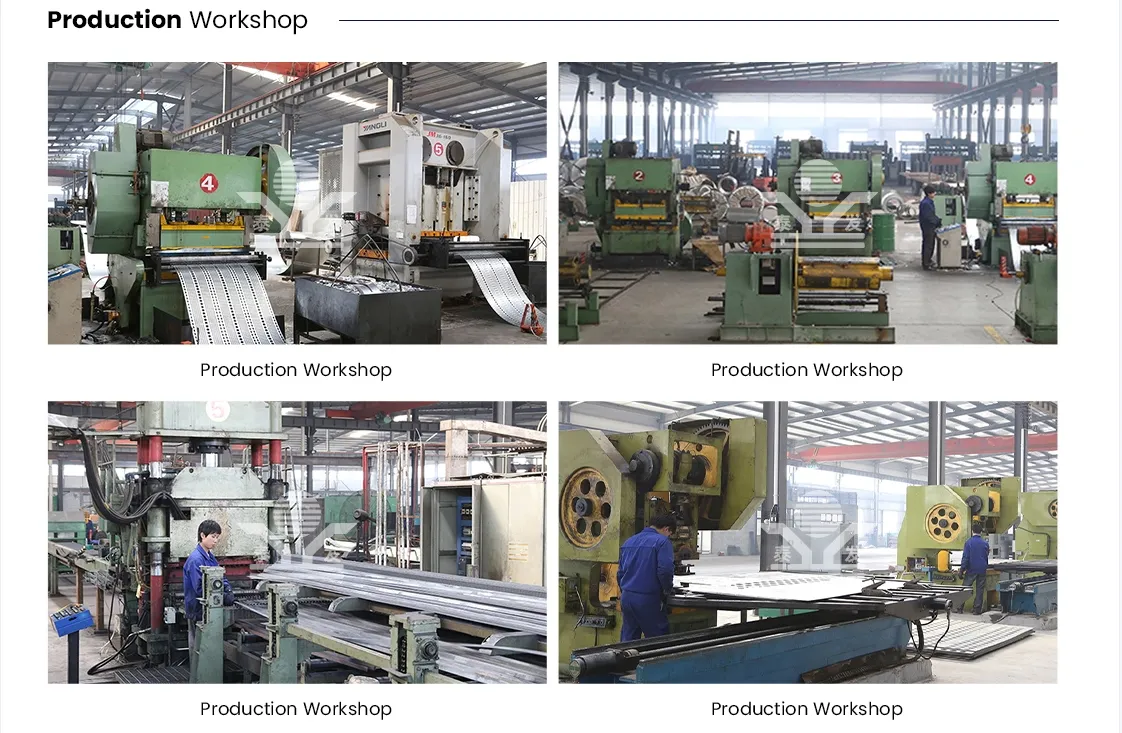The Importance of Noise Barriers in Railway Infrastructure
As urban development continues to rise alongside the expansion of railway systems, the need for effective noise mitigation strategies has become increasingly important. One of the most practical solutions to address the issue of train noise pollution is the implementation of noise barriers. These structures serve as crucial components in managing the sound produced by trains, significantly improving the quality of life for residents living near railway lines.
Understanding Noise Pollution
Noise pollution from railways primarily comes from the wheels of trains rolling over tracks, the sound of engines, and the interactions between trains and track structures. In urban environments, where residential areas are often in close proximity to rail lines, the impact of this noise can be profound. Studies have linked prolonged exposure to high levels of noise pollution with a range of health issues, including stress, sleep disturbances, and even cardiovascular problems. Thus, mitigating noise is not just an aesthetic consideration, but a public health imperative.
The Function of Noise Barriers
Noise barriers are designed to block the direct path of sound waves from their source to nearby residential areas. Typically made of materials such as concrete, wood, or specialized sound-absorbing composites, these structures can effectively reduce noise levels by an average of 5 to 15 decibels. The design and height of the barriers are crucial; optimally, they should be tall enough to interrupt the line of sight between the train and residences while being strategically placed to maximize sound attenuation.
The benefits of noise barriers extend beyond mere noise reduction. They often contribute to an enhanced aesthetic environment as they can be designed to blend with the landscape or adorned with vegetation. In some cases, they can serve additional functions, such as protecting wildlife habitats or acting as flood barriers.
noise barrier railway

Innovative Designs and Technology
In recent years, innovative technologies and designs for noise barriers have emerged, making them more effective and environmentally friendly. For instance, green noise barriers, which incorporate vegetation and living plants, not only absorb sound but also improve air quality and promote biodiversity. These structures can become habitats for small animals and contribute to urban greening efforts.
Additionally, advancements in materials science have led to the development of noise barriers that are lighter yet more effective. High-performance sound-absorbing materials can be engineered to impede noise transmission while minimizing the overall footprint of the barrier. Some designs even incorporate solar panels or wind turbines, transforming noise barriers into multi-functional structures that generate renewable energy.
Challenges in Implementation
Despite the many advantages of noise barriers, there are challenges associated with their implementation. The cost of construction and maintenance can be substantial, especially in densely populated areas where urban planners must balance noise abatement with land use considerations. Furthermore, local regulations and community opposition may hinder the deployment of these structures, as residents may have differing opinions on aesthetics and potential environmental impacts.
Conclusion
As the demand for railway transport continues to grow, addressing the issue of noise pollution becomes a vital aspect of urban planning. Noise barriers offer a practical and effective solution for mitigating the adverse effects of railway noise on communities. With ongoing advancements in design and technology, these structures not only enhance the living conditions of nearby residents but also contribute to the overall sustainability and aesthetic quality of urban environments. By investing in effective noise mitigation strategies, we can ensure that the benefits of rail transport do not come at the expense of residents' well-being.
-
Why Galvanized Trench Cover Steel Grating Resists Corrosion
NewsJul.10,2025
-
The Versatility and Strength of Stainless Expanded Metal Mesh
NewsJul.10,2025
-
Load Calculations in Steel Grating Platforms
NewsJul.10,2025
-
Keeping Pets and Kids Safe with Chicken Wire Deck Railing
NewsJul.10,2025
-
Hole Diameter and Pitch for Round Perforated Metal Sheets
NewsJul.10,2025
-
Aluminium Diamond Mesh in Modern Architecture
NewsJul.10,2025
Subscribe now!
Stay up to date with the latest on Fry Steeland industry news.

